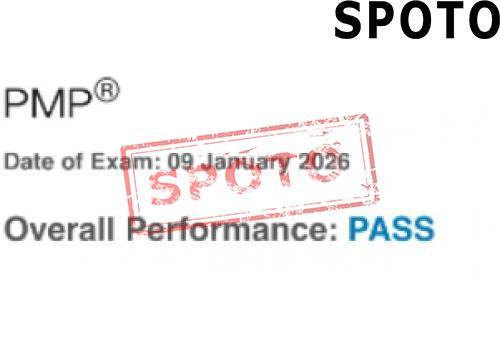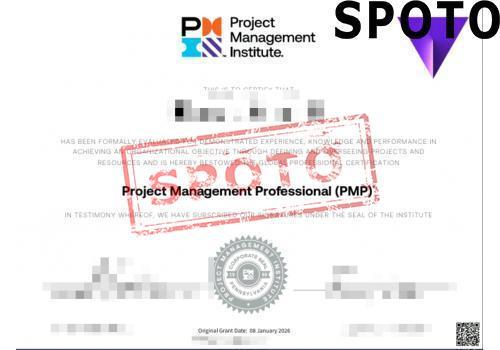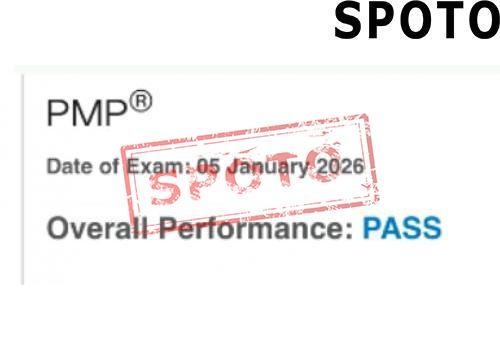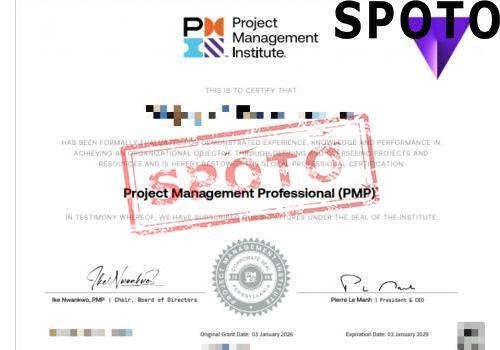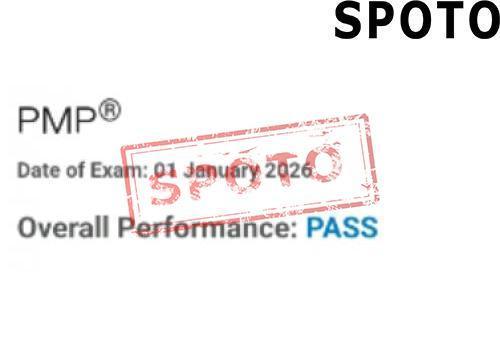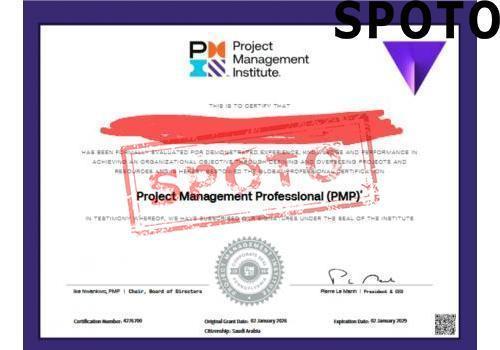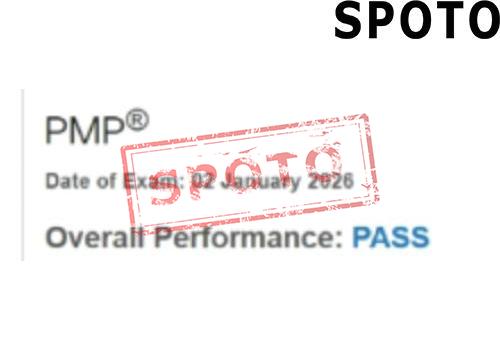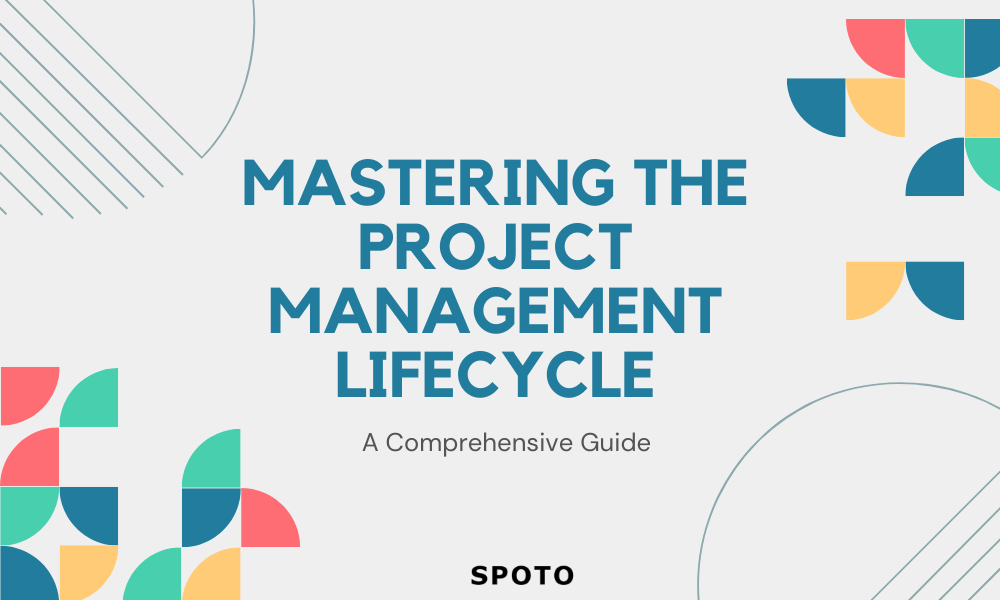
Table of Contents
- Ⅰ. Introduction to Project Management
- II. Understanding the Project Management Lifecycle
- III. Key Activities and Best Practices in Each Phase
- IV. Role of Effective Communication in Project Management
- V. Incorporating Agile and Lean Principles in Project Management
- VI. Case Studies and Real-world Examples
- VII. Conclusion
Ⅰ. Introduction to Project Management
Project management is an organized approach for leading a team towards achieving specific goals and meeting success criteria within a set timeframe. It encompasses planning, executing, and overseeing projects to achieve objectives and deliver value.
The adoption of a project management approach brings numerous benefits, including improved efficiency, enhanced project control, better quality outcomes, and the ability to navigate complexities and changes effectively. Embracing project management methodologies ensures that resources are utilized optimally, risks are managed proactively, and stakeholder satisfaction is achieved.
II. Understanding the Project Management Lifecycle
A. Definition and components of the project management lifecycle
The project management lifecycle is a comprehensive framework that guides the sequential stages of a project from initiation to closure. It comprises a series of phases that are essential for managing and executing projects effectively, ensuring that objectives are met within the constraints of time, cost, and quality.
B. Phases of the project management lifecycle and their significance
1. Initiation phase
This initial phase is where the project's value and feasibility are measured. Stakeholders identify business needs, objectives, and the overall feasibility of the project, laying the groundwork for its success.
2. Planning phase
Detailed planning takes place, encompassing project schedules, resource allocation, risk assessment, and establishing clear, measurable objectives. This phase is crucial for setting a project on the path to success.
3. Execution phase
The execution phase is where plans are put into action. It involves coordinating people and resources to carry out the project plan, adhering to established timelines, and achieving project goals.
4. Monitoring and control phase
This phase runs concurrently with the execution phase, focusing on tracking the project's progress, ensuring it remains on track and within budget, and making adjustments as necessary.
5. Closure phase
The final phase involves the formal closure of the project, including the completion of all tasks, approval of final deliverables, and assessment of lessons learned. It's a critical step for organizational learning and project improvement.
III. Key Activities and Best Practices in Each Phase
A. Initiation Phase
The journey of a project begins with the initiation phase, where the primary focus is on laying a solid foundation. This involves identifying the project's goals and objectives to ensure clarity and direction. Following this, a thorough feasibility study is conducted to evaluate the project's viability, considering various factors such as technical, economic, legal, and operational aspects. Finally, the definition of the project scope is critical, outlining what the project will and will not include, thus setting clear boundaries and expectations.
B. Planning Phase
Transitioning from conceptualization to planning, this phase is characterized by meticulous preparation. The cornerstone of this stage is the development of a comprehensive project plan, which serves as a roadmap for the project, detailing timelines, resources, and budget. Resource allocation and responsibility assignment are crucial steps to ensure that each task has an owner and the necessary resources are available. Additionally, creating a detailed project schedule helps in visualizing the timeline of activities. An indispensable part of planning is also assessing potential risks and formulating strategies for risk management, thereby preparing the project team for uncertainties.
C. Execution Phase
The execution phase is where plans are put into action. This phase is marked by dynamic management of the project team and stakeholders, ensuring collaboration and communication. The implementation of the project plan begins, with tasks being executed as per the schedule. Concurrently, monitoring progress and addressing issues as they arise is vital to keep the project on track and adapt to any changes or challenges.
D. Monitoring and Control Phase
Integral to the project's health, this phase overlaps with execution, focusing on tracking project performance against the plan. This includes monitoring timelines, cost, and quality, among other metrics. Managing changes and deviations is crucial to ensure that any alterations to the scope or plan are controlled and documented. Quality control processes are implemented to maintain standards and meet project specifications.
E. Closure Phase
As the project concludes, the closure phase ensures a structured completion. This involves delivering the final project deliverables to the client or stakeholder, marking the fulfillment of contractual obligations. Conducting project reviews and lessons learned sessions offers an opportunity to reflect on what was successful and areas for improvement. Lastly, closing contracts and documenting project closure formalizes the end of the project, including financial settlements and archival of project documents for future reference.
IV. Role of Effective Communication in Project Management
A. Importance of communication in project success
Effective communication stands as the cornerstone of successful project management, bridging the gap between diverse stakeholders and ensuring that project objectives align with overall business goals. It fosters a collaborative environment, mitigates misunderstandings, and propels projects towards their successful completion.
B. Techniques and tools for effective project communication
Adopting a variety of communication techniques and tools is paramount for navigating the complexities of project management. This includes:
- Regular meetings and updates to keep all parties informed.
- Use of project management software for real-time tracking and updates.
- Effective documentation practices for clarity and accountability.
- Stakeholder analysis to tailor communication strategies appropriately.
These practices ensure that every team member is on the same page, contributing to the project's overall success.
V. Incorporating Agile and Lean Principles in Project Management
A. Overview of Agile and Lean Methodologies
Agile and Lean methodologies are two popular approaches in project management, each with its unique focus. Agile emphasizes flexibility, collaboration, and customer feedback, with methodologies like Scrum and Kanban facilitating iterative development. Lean, on the other hand, prioritizes efficiency and waste reduction, drawing from principles established in manufacturing to streamline processes and maximize value.
B. Benefits of Integrating Agile and Lean Principles in the Project Management Lifecycle
Integrating Agile and Lean principles into the project management lifecycle offers numerous benefits. Agile's adaptability allows teams to respond quickly to changes, ensuring that the final product aligns with evolving customer needs. Lean's emphasis on efficiency helps reduce costs and shorten project timelines by eliminating unnecessary tasks and focusing on value-added activities. Together, these approaches foster a culture of continuous improvement, enhance team collaboration, and lead to higher-quality outcomes.
VI. Case Studies and Real-world Examples
A. Success stories showcasing effective project management lifecycles
In the realm of project management, the successful completion of the London 2012 Olympics stands as a paragon. Rigorous adherence to the project management lifecycle, from meticulous planning through to the seamless execution, allowed for the event to come in under budget, a rarity in large-scale international events. This outcome underscored the importance of a well-structured project management framework in delivering complex projects efficiently.
B. Lessons learned from project management failures
Conversely, the Denver International Airport's baggage handling system project serves as a cautionary tale. The project's failure, characterized by significant delays and budget overruns, highlighted critical lapses in risk management, stakeholder communication, and scope definition. This example illustrates the dire consequences of neglecting fundamental project management principles, emphasizing the necessity for rigorous monitoring and control throughout the project lifecycle.
VII. Conclusion
The journey through the project management lifecycle, from inception to completion, encapsulates a structured framework that is pivotal for steering projects towards their successful realization. This comprehensive voyage delineates a quintet of phases: Initiation, where projects are born from the identification of needs; Planning, which lays the blueprint for achieving objectives; Execution, the phase where plans are put into action; Monitoring and Control, ensuring alignment with goals through vigilant oversight; and Closure, marking the project's conclusion and reflection on accomplishments.
Mastering the intricacies of the project management lifecycle is not merely an exercise in adhering to procedural steps; it's an art that necessitates a nuanced understanding of various methodologies, including Agile and Lean principles, to adapt to the dynamic nature of project demands. Effective communication stands as a cornerstone, facilitating seamless collaboration and driving project success. By embracing the lifecycle's complexity and employing best practices tailored to each phase, project managers can navigate the challenges inherent in transforming ideas into tangible outcomes.
The significance of mastering this lifecycle extends beyond the timely delivery of projects. It fosters an environment of continuous improvement, encourages the efficient allocation of resources, and enhances stakeholder satisfaction. In a landscape marked by rapid technological advancements and shifting market demands, proficiency in the project management lifecycle equips professionals with the agility and foresight needed to lead projects to fruition, contributing to organizational resilience and growth.
